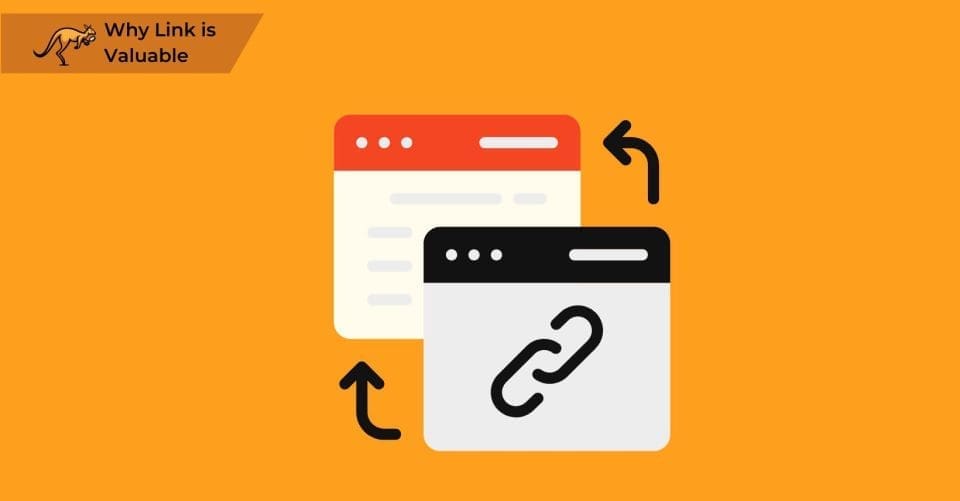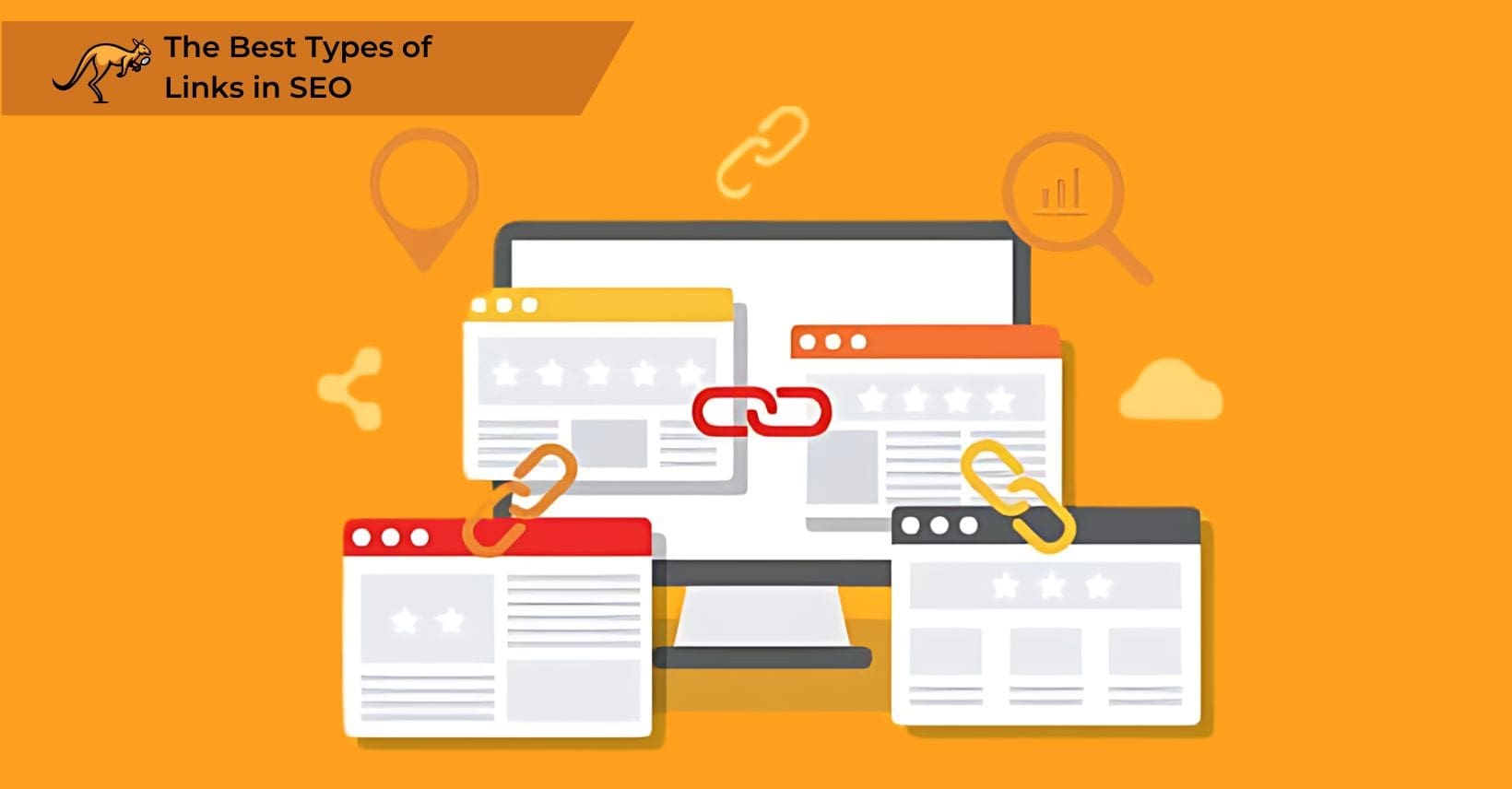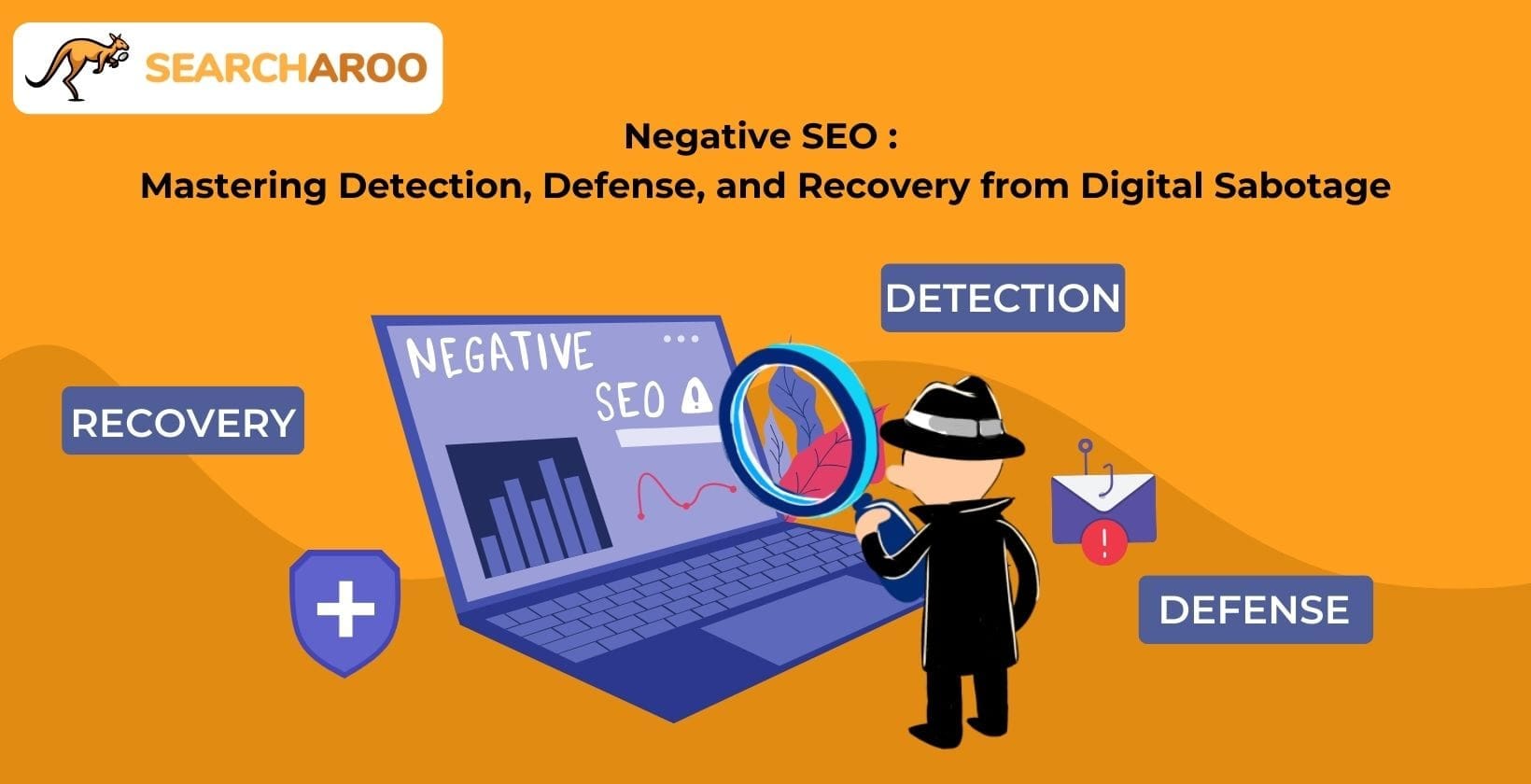Links can be an effective tool for improving SEO because they can show search engines that your site is relevant within your industry and is recognised and trusted by other brands.
Links become reliable and good for SEO when they come from relevant, authoritative websites within your industry, contain appropriate anchor text, appear naturally within content, and form part of a diverse backlink profile, while maintaining appropriate frequency since too many low-quality links can negatively impact search engine rankings.
What is a Link, and What Makes It Valuable?

A link is a way of connecting content to another website or other web pages, and it can be embedded in the content to ensure high quality. They can take the form of text, images, and sometimes even videos.
They can be a high-value tool for SEO as it is a way of showing authority and trust within an industry.
Links become valuable for SEO when they meet specific criteria considered by Google and other search engines, which include topic relevance aligned with your industry, trustworthiness from authoritative sources, value to the audience through useful information, and reliability through consistent availability.
SEO links fall into several distinct categories including internal links, outbound links, inbound links (backlinks), natural backlinks, and manually obtained backlinks, each serving different purposes for website optimization on company websites or within web pages.
The Difference between Internal, Outbound, and Inbound Links
There are three main types of links that will be used on your website:
Internal
Internal links are a way to link content from the same website together. Internal links are used as a way to navigate audiences to another web page on your website.
This kind of link building is a great way to keep people on your website, which is another way of increasing overall traffic to your domain. The longer that an audience stays on your website, the higher the authority of the domain.
Outbound
Outbound links, which are also known as external links, are the types of links that direct you to another website. Outbound links can be a great way to share resources such as an audience and information with another website within your industry.
These kinds of links are commonly used to provide clients with additional information or research.
Inbound
Inbound links, which are also known as backlinks, are links to your website from other sites within your industry. Backlinks are created by other sites in a guest post or press release as a way to connect their readers with your brand.
Websites use various link types to impact search engine rankings differently: internal links improve site navigation and content discovery, outbound links to reputable sources signal topic relevance, and high-quality inbound links from authoritative domains significantly boost domain authority, which serves as an effective strategy to rank higher in search results.
Link Types: In-Depth
Now that you understand the basics when it comes to the different link types that can be used for SEO, it is time to take a closer look into them.
Links can be an effective strategy for SEO as they can be a way to show Google that your website is reliable and trustworthy. When it comes to backlinks, there are two types to consider:
Natural backlinks
These types of backlinks are a link that is given to your website by another creator without you asking for it. This is a way that creators and sites within the same industry can share information with their audiences that they recommend, and it is a common kind of link used in blog posts.
Natural backlinks are a sign that your content or social media is valuable to others, as websites are willing to share it without any interference on your behalf.
These types of backlinks can also be a great way to show your value to Google, which is why link building of this kind is such a valuable SEO tool.
Manually obtained backlinks
These types of backlinks are the opposite of natural backlinks because they are something you ask for from other websites.
These kinds of backlinks can be obtained by contacting bloggers or other website creators, asking them if they want to offer a link to your website within their content. Some links can be paid for, such as guest posts or press releases.
It is vital that you focus on creating quality content to get free promotions. After all, including links and backlinks can impact SEO, so you need to show other websites that what you write is worth their effort.
As well as the type of links that are used, the anchor text which is used to incorporate the link into your website also needs to be considered and deemed relevant. Anchor text is the highlighted or hyperlinked text that contains the link.
Types of Links To Avoid
Links that should be avoided in SEO include low-quality backlinks from spammy websites, paid links that violate Google’s guidelines, link farms, excessive reciprocal links, and links with over-optimized anchor text, while nofollow links provide limited SEO value but can still drive referral traffic.
Nofollow links look like any other link that might appear in directories. However, they do not have the same effect on SEO ranking as those we have mentioned before. This is due to them having a rel=”nofollow” HTML tag applied to them.
While this sounds complicated, what it means is that a link can be provided to your website on another page, but if it is marked as nofollow, do not pass PageRank to your site- thus having no impact on your ranking in Google SERPs.
Keep in mind that a nofollow link is something that has been created by another website or blog that appears to backlink to your page but has no bearing on your company, but will still give you traffic for the target URL.
They can be useful in some cases, as they reduce the risk of spam and are found on social media sites, news page comments, and Quora directories. Quora is a question and answer platform that your brand can create a post on to reach wider audiences.
Why Should You Aim for Editorial Backlinks?
Editorial backlinks represent the pinnacle of link-building strategies because search engines view these naturally earned links as genuine votes of confidence, which lend authenticity and credibility to your brand while significantly improving your website’s authority and search rankings.
Such links are highly effective for SEO and are free, offering a way to showcase high-quality content to your audience.
By producing exemplary content, your business can attract these valuable editorial backlinks, which are instrumental in elevating your search engine rankings through a strong link profile.
Considering the benefits of a strategic link analysis, you might now wonder how Searcharoo stands apart in enhancing your SEO capabilities.
Why Does Searcharoo Stand Out as Your Premier Choice for Link Analysis and SEO Enhancement?
Searcharoo is a premier choice for link analysis and SEO enhancement primarily due to its comprehensive capabilities and advanced SEO tools.
These features allow users to examine the quality and structure of a website’s backlink profile in depth, spotting strengths and potential vulnerabilities.
Also, tools for keyword analysis, content optimization suggestions, and technical SEO audits can help users fine-tune their strategies to better align with search engine algorithms.
Another advantage of Searcharoo’s user-friendly interface is its integration with other digital marketing tools. This integration enables users to manage multiple aspects of their online presence from a single dashboard, enhancing efficiency and effectiveness.
The real-time data updates are particularly valuable for SEO professionals who must respond quickly to the constantly changing landscape of SEO and competitor strategies.
Searcharoo’s commitment to ethical SEO practices and cost-effectiveness makes it accessible and appealing to various users, from individuals to large enterprises.
Exceptional customer support, comprehensive learning resources, and community networking opportunities further enhance user satisfaction, making Searcharoo not just a tool but a comprehensive platform for SEO enhancement and learning.
The Impact of Links on SEO: What We’ve Learned
Editorial backlinks and natural backlinks from high-authority domains enhance SEO most effectively by demonstrating a website’s relevance, authority, and trust within its industry, while quality internal links strengthen site architecture and improve user experience.
While the strategic use of links—from internal to outbound to inbound types—can greatly influence a website’s search engine ranking, the key lies in the judicious selection of link types and maintaining high-quality content that naturally attracts editorial backlinks.
Adopting a balanced and thoughtful approach to link building, focusing on quality and relevancy over sheer quantity, will ensure that links are a powerful tool for improving SEO performance and boosting your site’s visibility and credibility in the digital world.





